The History of Imamiya Ebisu Shrine
Imamiya Ebisu Shrine is dedicated to Amaterasu-Omikami,Kotoshironushi-no-Mikoto(popularly known as Ebisu)and three other gods. Shrine was established in what is now the Naniwa Ward of Osaka in 600 C.E.
It was constructed as the western guardian shrine of Shitenno-ji Temple by the Shotoku Taishi. According to tradition Shotoku Taishi prayed to these gods and goddess that they would protect the market in the area as guardian deities.
Early Imamiya Ebisu Shrine was located near the shore. The shore in the ancient Osaka area was so much further east than today. Ebisu has been worshipped since ancient times, originally as a “kami” who protected fishermen. Over time, the coastline of Osaka Bay moved further west. And then the shrine became famous on its own for its thriving local market. Ebisu became associated more with commerce than fishing thanks to this flourishing marketplace.
Ebisu came to be known as a lucky god for merchants by the 12thcentury. Osaka became a major mercantile center, making the relationship between Ebisu and the marketplace even stronger.
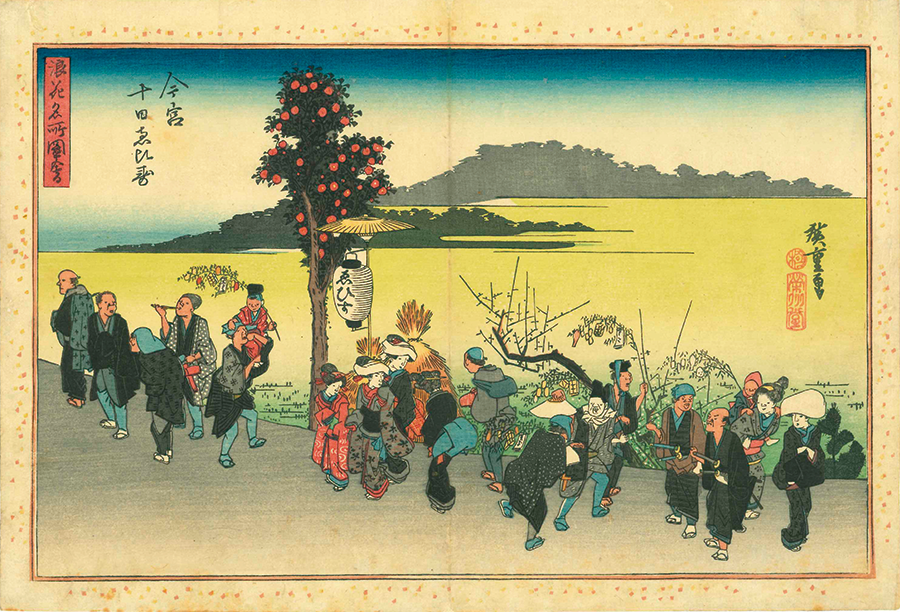
Osaka has historically developed as a town of merchants. It has also been known as the nation’s kitchen, so that Ebisu continues to be popular with locals today.
Held annually from Jan. 9 to 11, Toka Ebisu is an exciting tradition festival.
About Fukuzasa
“Fukuzasa” is a piece of bamboo grass attached with amulet and auspicious symbols which called “Kiccho”.
People dedicate it at home or in their shops to pray for success in their business and wel-being of their family.
Bamboo is used for various Shinto ritual which has sense of cleanliness .
As bamboo grass has green leaves even in the harshest cold of midwinter, fukuzasa is a symbol for the ability of one’s business to endure hardship and challenges.
People get “fukuzasa” at the shrine and pray for good fortune, then continue the ritual the following year by returning it and get new one
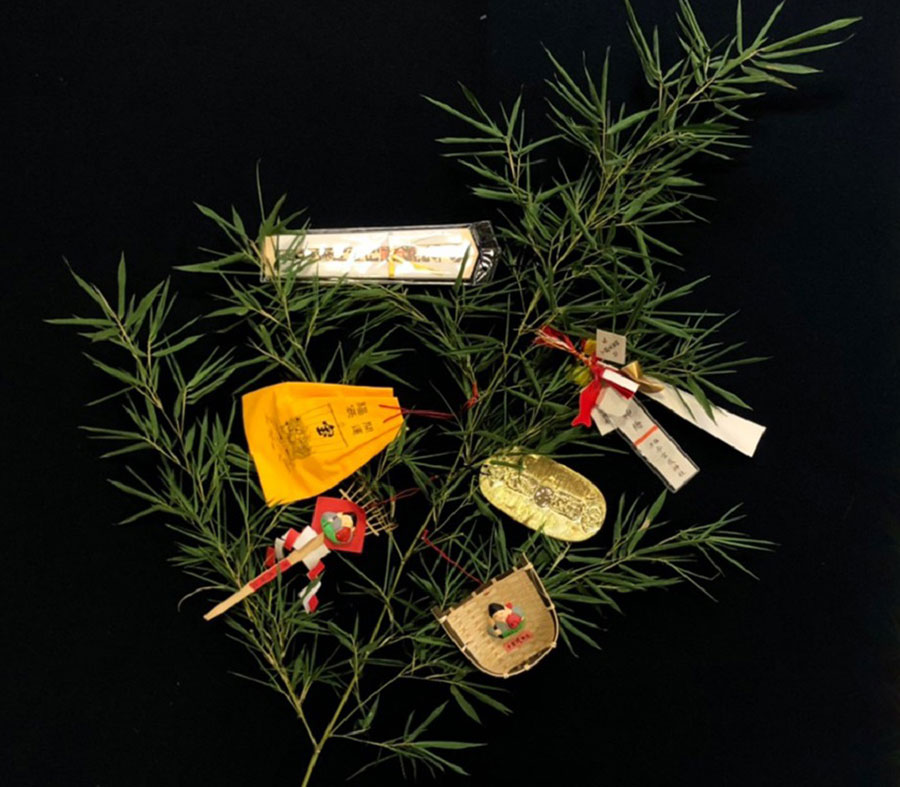
About the "Kiccho"attached to bamboo called "Fukuzasa"
















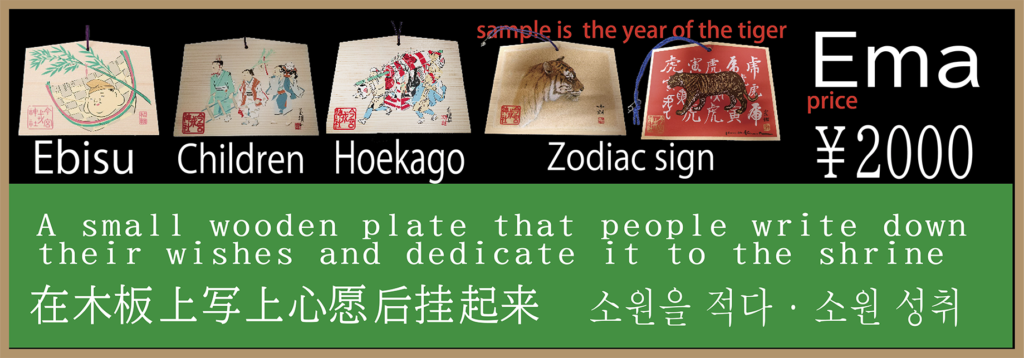
Imamiya ebisu shrine goodluck charms etc


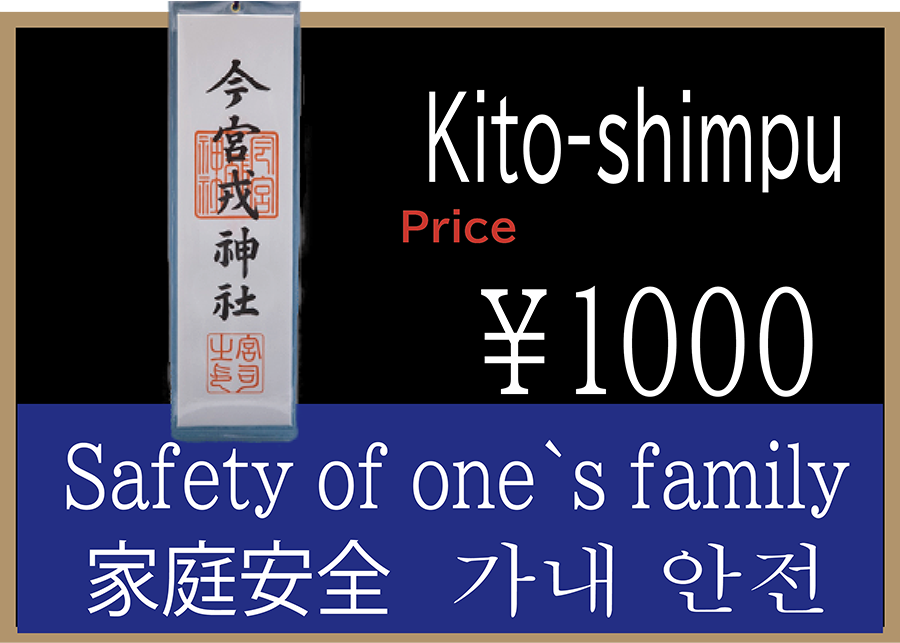
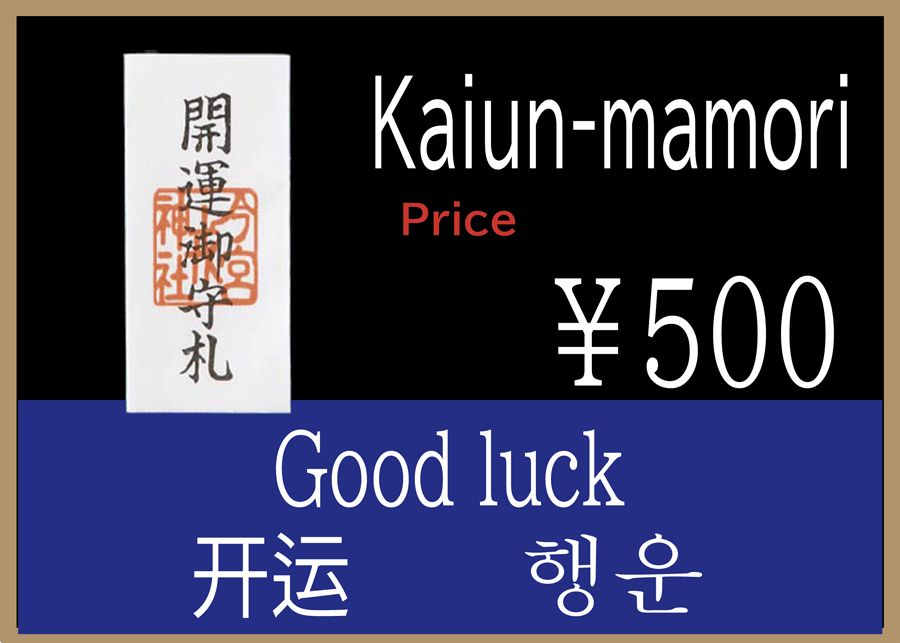



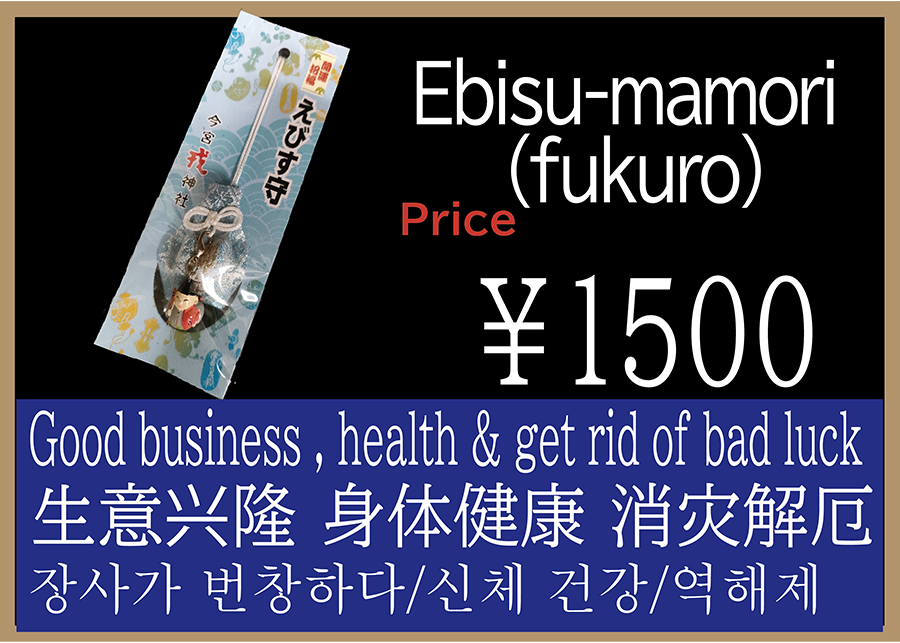


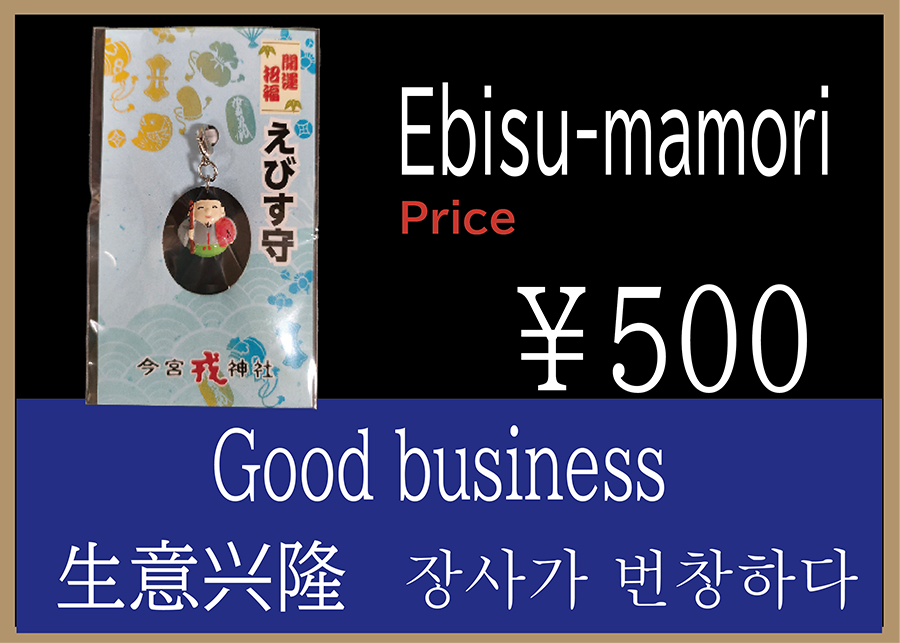
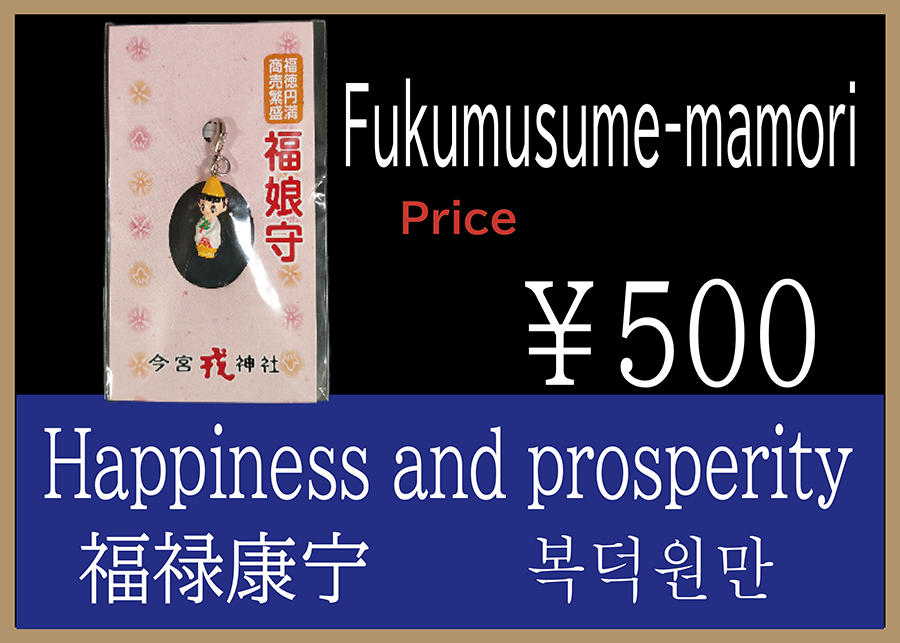
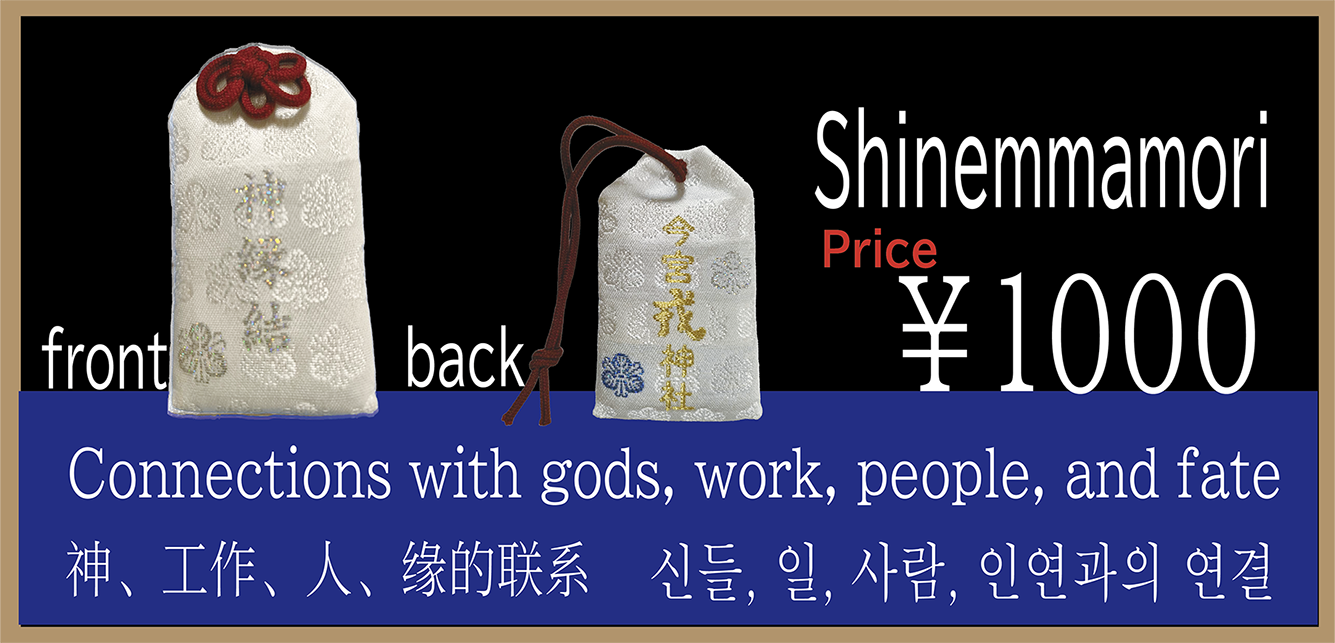
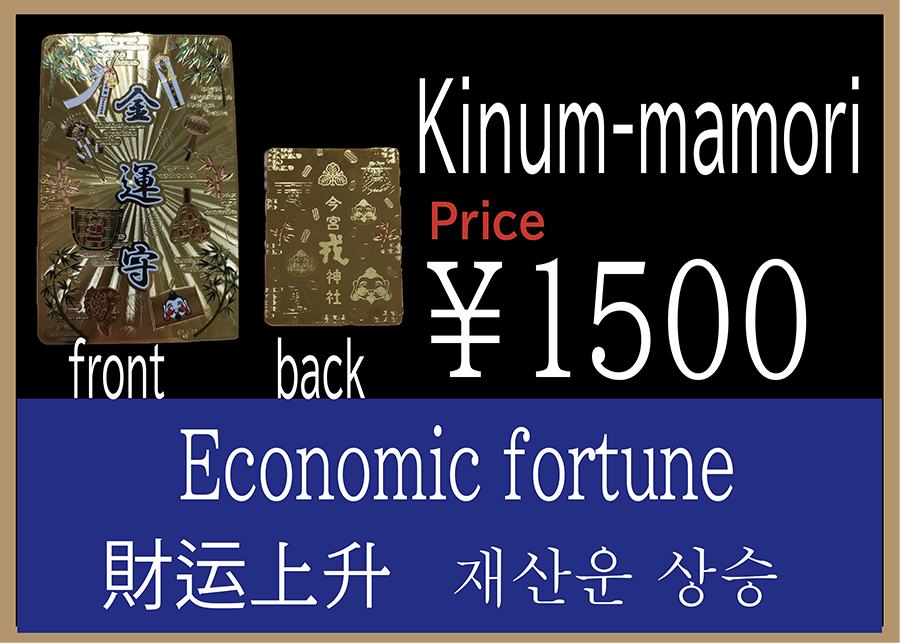
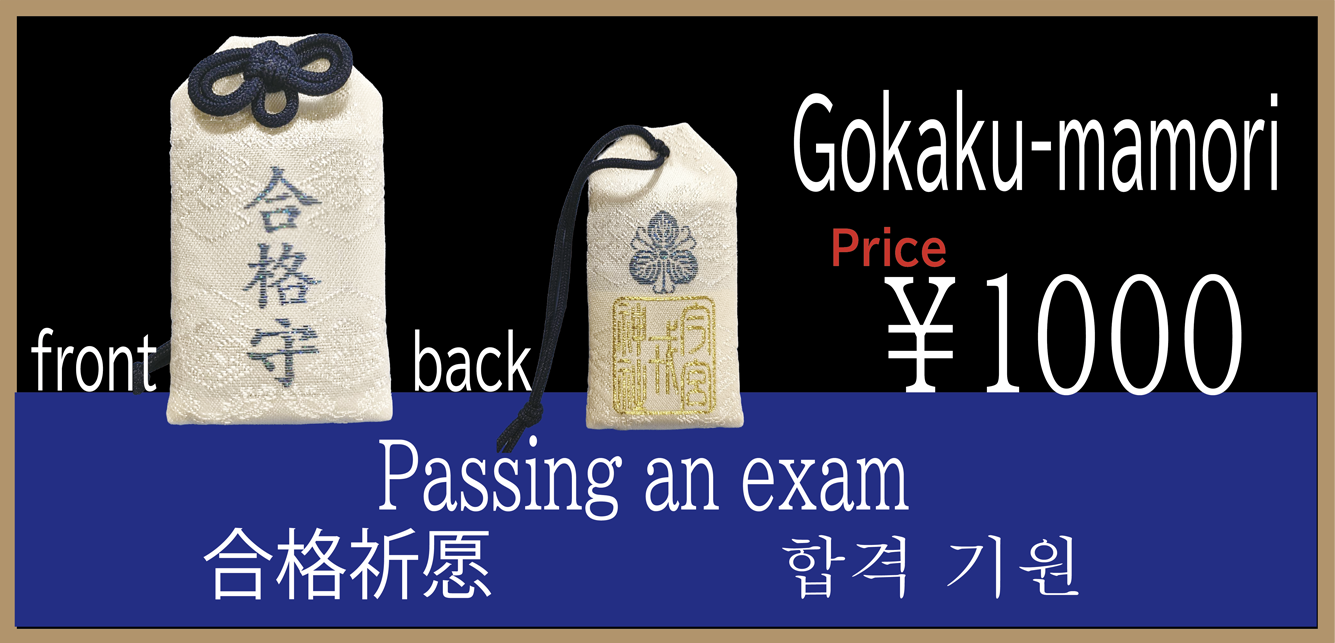
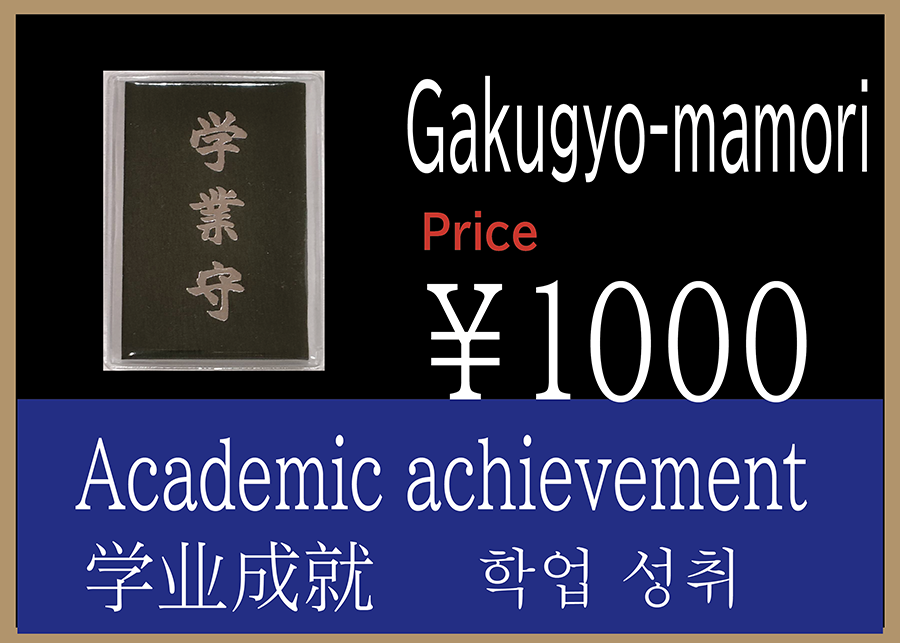
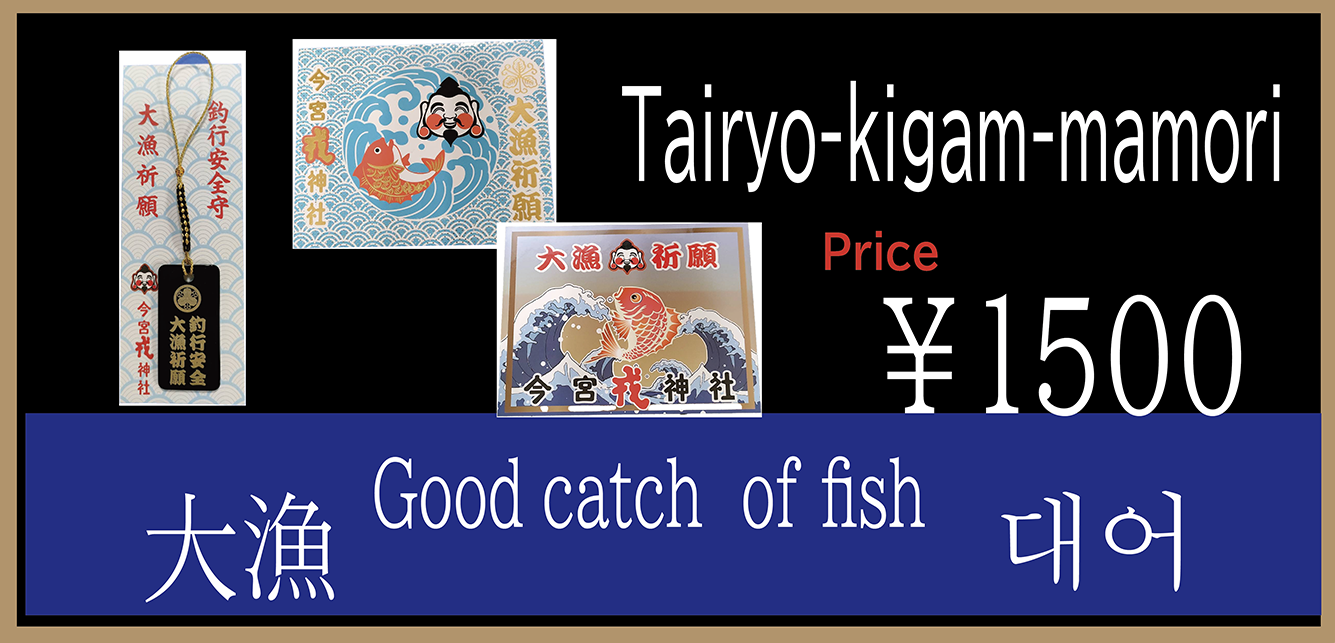





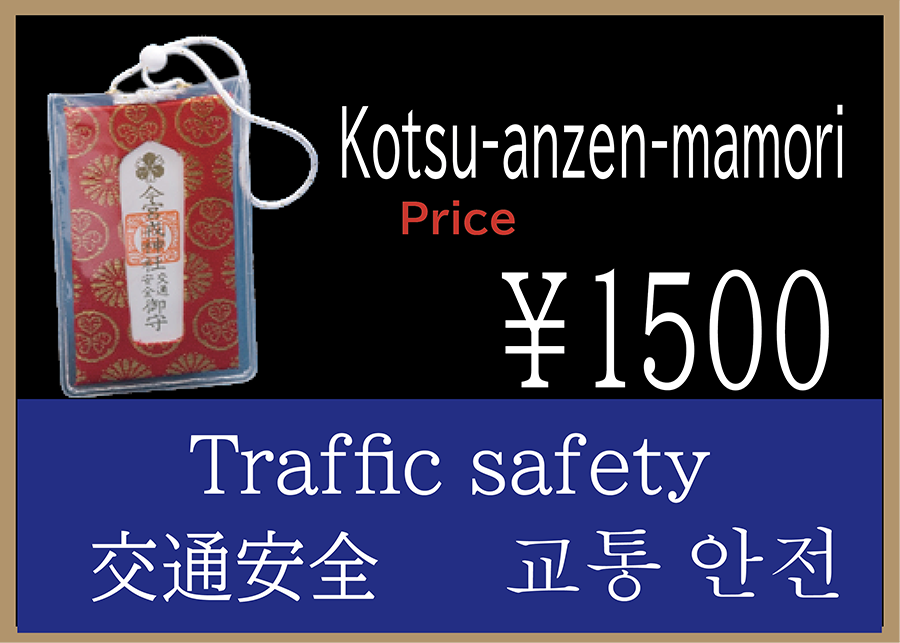
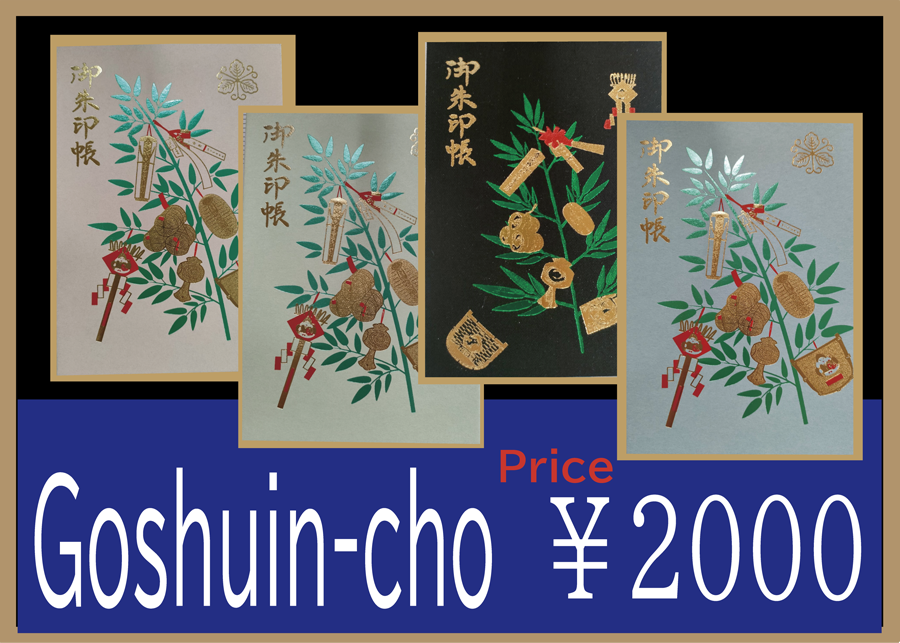
How to pray at the main shrine building

